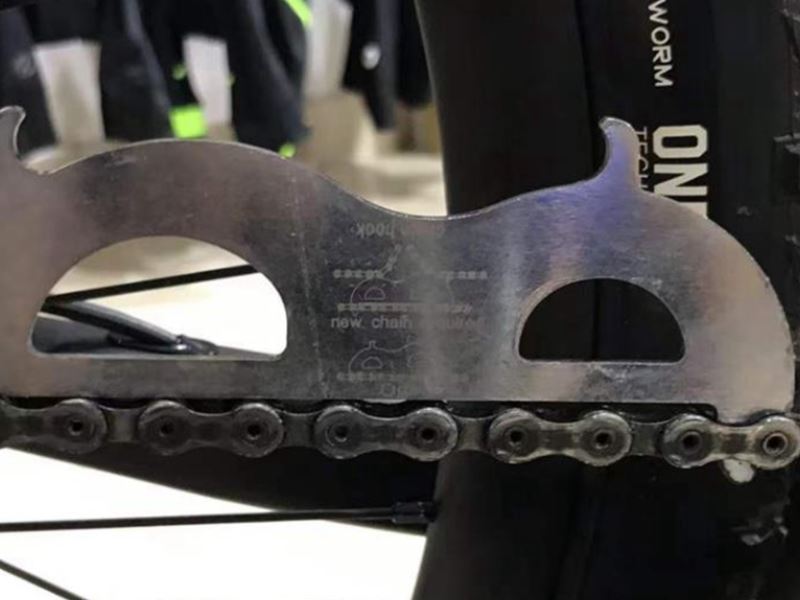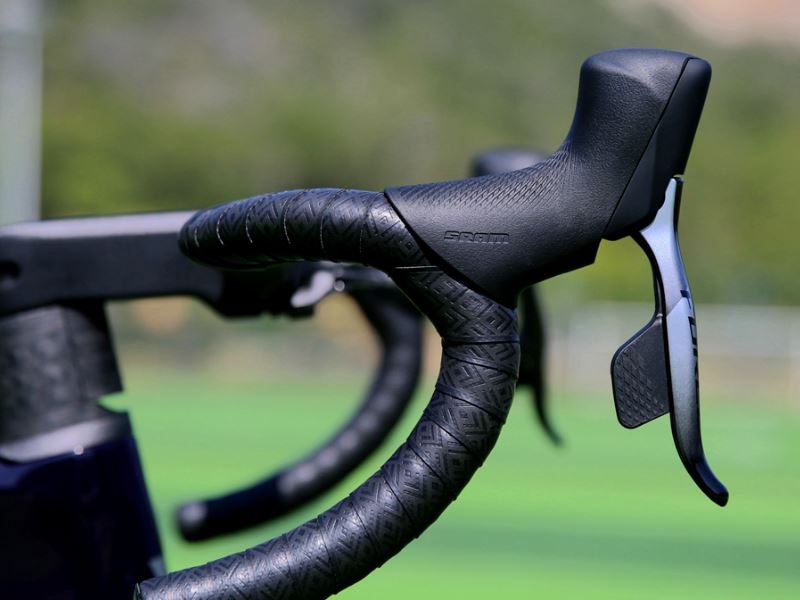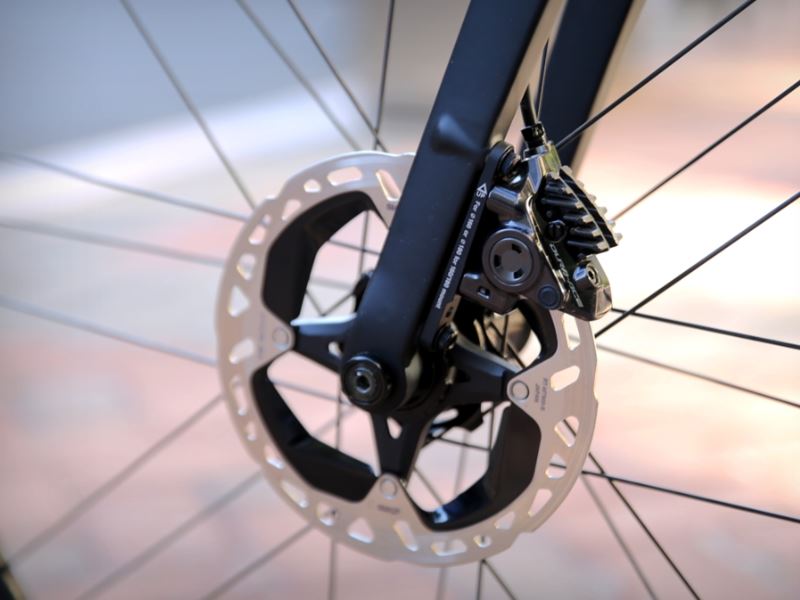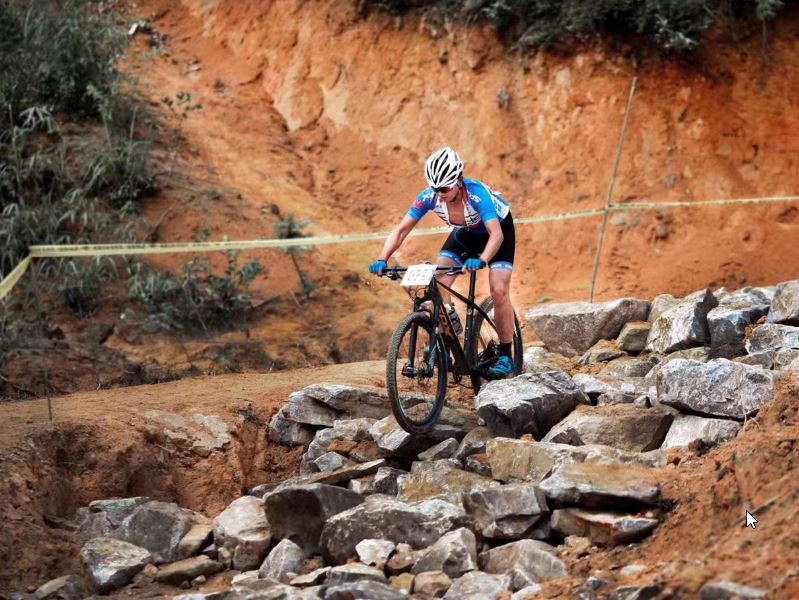by Tiffanybikes
Share
by Tiffanybikes
Share

The running-in of bicycle disc brakes is also an extremely important operation, but it is ignored by a large number of riders. Especially in recent years, with the full popularity of road bicycles, the road and mountain bikes on the market have begun to be fully disc braked, but the vast majority of riders who buy disc brakes have not run-in the braking system of their bikes.
The running-in of the brake system allows you to make full use of the more sufficient braking effect, so that the brake pads fully engage the brake disc and achieve higher braking efficiency. In short, it is to make the whole braking system work better and give the user a better experience.
From a strictly technical point of view, break-in ensures that a small part of the brake pad composition penetrates evenly into the surface of the brake disc, which can significantly improve braking performance. Be careful not to put too much pressure on the brake system during the initial break-in stage, avoid violent pinching of the brake levers and prolonged braking, as they will cause the brake pads and brake discs to overheat, thereby affecting the performance and integrity of the brakes. The simple understanding is to try not to go to the steep downhill section without running in.
Break-in is not just for new bikes, it is also important for bicycles with new brake pads, so how do we usually break in our brake system? We can control the speed of the bikes in the speed range of 15-25km/h, and then apply a certain braking force to the brake lever, so that the brake pads and the discs rub, and the surface material of the brake pads is polished more uniformly.
What is the use of doing this? Because there is nothing absolutely smooth and flat in the world, from a microscopic point of view, everything is rough and uneven, and brake pads and brake discs are no exception. Therefore, if the surface of the brake pads is uneven, the braking force will be unevenly distributed during braking, which will cause a certain amount of jitter and affect the overall riding experience.
Regarding the running-in of the bicycle brake system, different brands also give different suggestions. For example, the SRAM brand recommends that users perform the running-in of the brakes in two stages. During the running-in process, they should find a relatively open road section to perform all operations safely.
Stage 1: Accelerate the bike to a moderate speed (about 20km/h) and slow down to about 5km/h by lightly pinch the brake levers, but do not come to a complete stop to keep the brake discs well ventilated. Repeat this operation about 20 times, with a few seconds between each operation, and the front and rear brakes can be operated in turn.
Stage 2: Accelerate to a higher speed (about 30-35km/h) and apply the brakes more decisively, but do not let the bike stop completely, repeat this operation about 10 times, and also operate the two brakes alternately, This also allows adequate cooling of the brake discs. NOTE: All operations described must be performed while seated.
The above is about the running-in of the bicycle brake system. Effective running-in can make the braking efficiency of your newly purchased bicycle better, so that you can take decisive braking in downhill or emergency situations. At the same time, after the brake pads are completely worn, the brake pads or brake discs also need to be re-run in, so that the new brake system can work more efficiently.
The “out-of-stock tide” brought about by the epidemic has made it difficult to find a bike in the cycling circle. Even if some brands can order a bike, the delivery time varies from a few months to more than half a year. There are many bike fans who can’t wait to turn their attention to […]
Whether you’re a big cyclist or a novice cyclist, who hasn’t made some mistakes on the bike? For example, when the new bike is installed, the vehicle accessories are installed incorrectly, the equipment model is not matched when the accessories are upgraded, the fault judgment is wrong, and there is wasted effort in disassembly and […]
With the full popularity of the disc brake system for road bikes, the road bike market has completely resolved the debate between disc brakes and rim brakes. It can be said that disc brakes have completely taken over the rim brakes. But in road disc brakes, there is another debate, so is it better to […]
Today, most mountain bikes on the market are equipped with front fork shock absorbers, and even many gravel bikes are equipped with micro-travel shock absorbers in order to cope with more complex road conditions. There is enough suspension travel on a bicycle to measure the bumps that the bicycle can absorb, so what kind of […]



